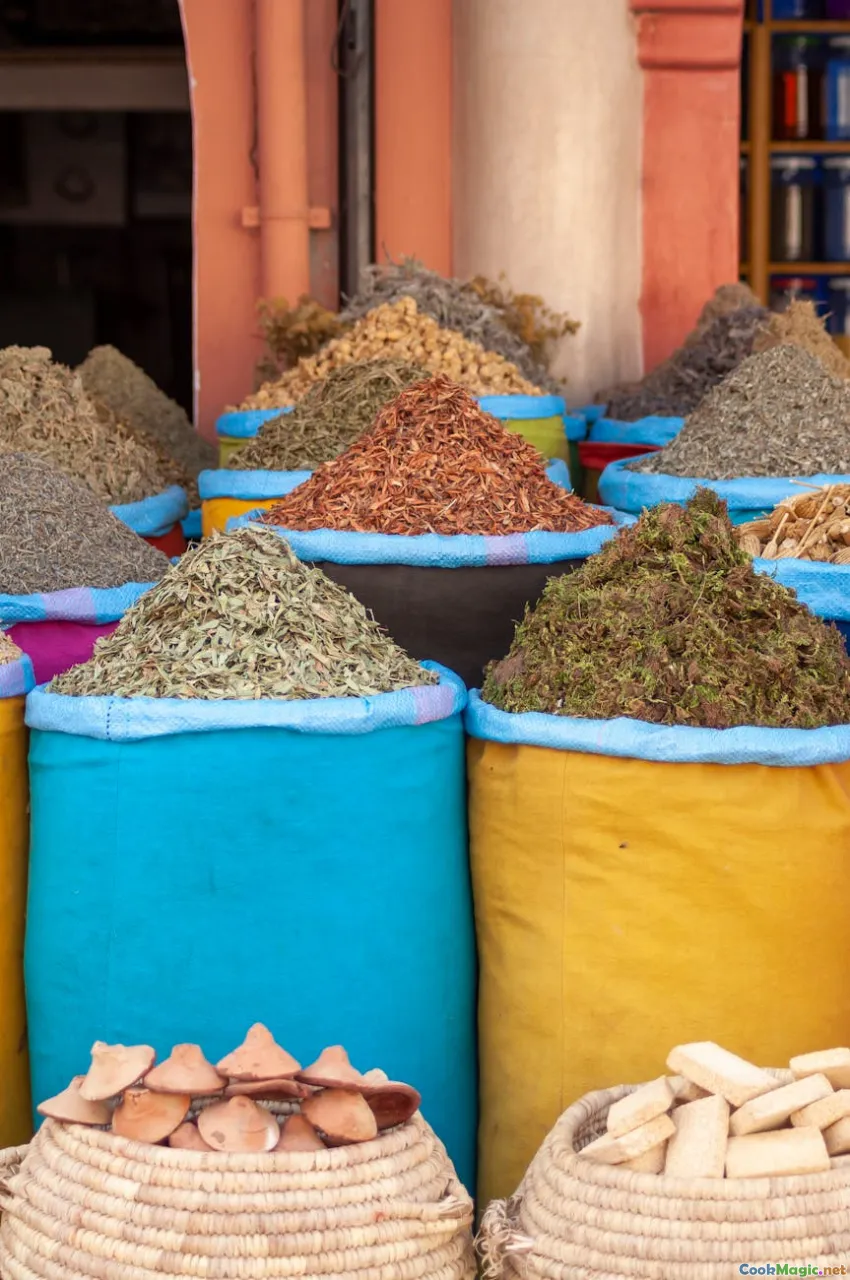The Role of Street Food in Haitian Culinary Culture
8 min read Discover how Haitian street food embodies the soul of its culinary heritage, blending history, culture, and vibrant flavors in every bite. April 25, 2025 06:55
The Role of Street Food in Haitian Culinary Culture
Imagine walking through bustling Haitian streets at dawn, the air thick with the aroma of sizzling spices, freshly fried plantains, and smoky grilled meats. It’s a sensory journey that unveils the heartbeat of Haiti’s culinary soul—its vibrant street food scene. Far from mere sustenance, Haitian street food is an expression of history, resilience, community, and identity. It’s where generations have come together to share stories, celebrate traditions, and craft flavors that are as bold and complex as the island itself.
An Introduction: Street Food as Cultural Embodiment
Street food in Haiti is more than quick bites; it’s a living tapestry woven with the threads of history, geography, and social fabric. These humble vendors transform local ingredients into culinary masterpieces that reflect the island’s diverse influences—from African roots and French colonial legacies to Caribbean flavors and indigenous traditions. Each vendor, each dish, tells a story—of survival, celebration, and community.
Historical Roots: From Enslaved Communities to Modern Streets
Haiti’s history is etched into its street food landscape. During the colonial era, enslaved Africans brought culinary practices that fused with indigenous ingredients, creating a rich foundation for contemporary Haitian street eats. Foods like marinad (a spicy marinade for grilled meats) and griot (fried pork shoulder) owe their roots to African cooking techniques adapted over centuries.
Post-independence, economic hardship and resilience fueled a culture of street vending as a way for families to sustain themselves. Vendors became custodians of tradition, passing recipes down through generations, each dish infused with stories of struggle and triumph. Today, these street foods remain a testament to Haiti’s indomitable spirit.
The Vibrant Array of Haitian Street Foods
Griot and Marinad: The Quintessential Haitian Snack
Few dishes encapsulate Haitian street food as beautifully as griot. Tender chunks of pork shoulder are marinated in citrus, garlic, and fiery Scotch bonnet peppers before being fried to crispy perfection. The exterior crackles under your teeth, giving way to succulent, smoky meat that bursts with flavor.
Paired with marinad, a spicy, vinegar-based marinade, the contrast of textures and tastes creates a symphony for the palate. Vendors often serve griot with fried plantains or rice and beans, completing a filling, flavorful meal.
Marinad and Accra: The Crispy Delights
Marinad are small, spicy fritters made from seasoned, mashed plantains or malanga (taro root), deep-fried until golden and crispy. They’re often enjoyed as street snacks alongside griot or pâté—a savory meat spread served in flaky pastry.
Joumou Soup: A Cultural Icon
While traditionally a celebratory dish enjoyed in homes, street vendors sometimes serve simplified versions of joumou—a hearty squash soup symbolizing Haitian independence. Its rich, slightly spicy broth, filled with tender beef, vegetables, and spices, offers a comforting taste of history.
Fresh Fruits and Juices
Haitian streets also burst with colorful stalls selling tropical fruits like mango, pineapple, papaya, and guava. Vendors often serve these with a squeeze of lime or a dash of chili powder, creating a refreshing, zesty treat. Fresh coconut water and homemade fruit juices are perfect for quenching the tropical heat.
The Sensory Experience: Taste, Aroma, and Atmosphere
Walking through a Haitian street market, the sensory overload is palpable. The smoky scent of grilled meats mingles with the sharp aroma of citrus and fiery peppers. Vendors shout orders and greetings in Creole, creating a lively chorus that invites passersby to indulge.
The textures range from crispy fried marinad to tender griot, while flavors span from smoky and savory to spicy and tangy. The visual feast includes skewers of colorful grilled meats, steaming bowls of soup, and vibrant fruit displays—each stall a small universe of Haitian culinary artistry.
Personal Stories and Community Bonds
Street food in Haiti isn’t just about flavor; it’s about connection. I remember chatting with a vendor in Port-au-Prince who proudly shared how her family’s griot recipe has been passed down since her grandmother’s time. For her, each serving is a piece of history, a way to keep Haitian traditions alive.
In neighborhoods and at festivals, sharing street food fosters a sense of belonging. It’s common to see groups gathered around a kote (street corner), laughter and stories flowing as they savor pâté or banan peze (fried plantains). These moments underscore the communal nature of Haitian street cuisine.
Challenges and Preservation
Despite its vibrancy, Haitian street food faces challenges—economic instability, infrastructure issues, and health regulations. Yet, the resilience of vendors and local communities keeps this culinary tradition thriving.
Organizations and local initiatives now aim to preserve and promote authentic Haitian street foods, recognizing their cultural significance and economic potential. Initiatives include street food festivals, culinary tours, and cooking classes—encouraging a new generation to value and sustain this vital aspect of Haitian heritage.
Conclusion: A Feast of Heritage and Identity
Haitian street food is much more than sustenance; it is a living expression of history, resilience, and community. Every bite, aroma, and shared moment at a street stall echoes the stories of ancestors, the vibrancy of daily life, and the unbreakable spirit of Haiti.
Next time you find yourself wandering through a Haitian street, take a moment to indulge in its flavors—listen to the stories told through sizzling grills and fragrant spices. Here, in these humble stalls, lies a profound narrative of a nation that cooks, shares, and survives through its extraordinary street food culture.









